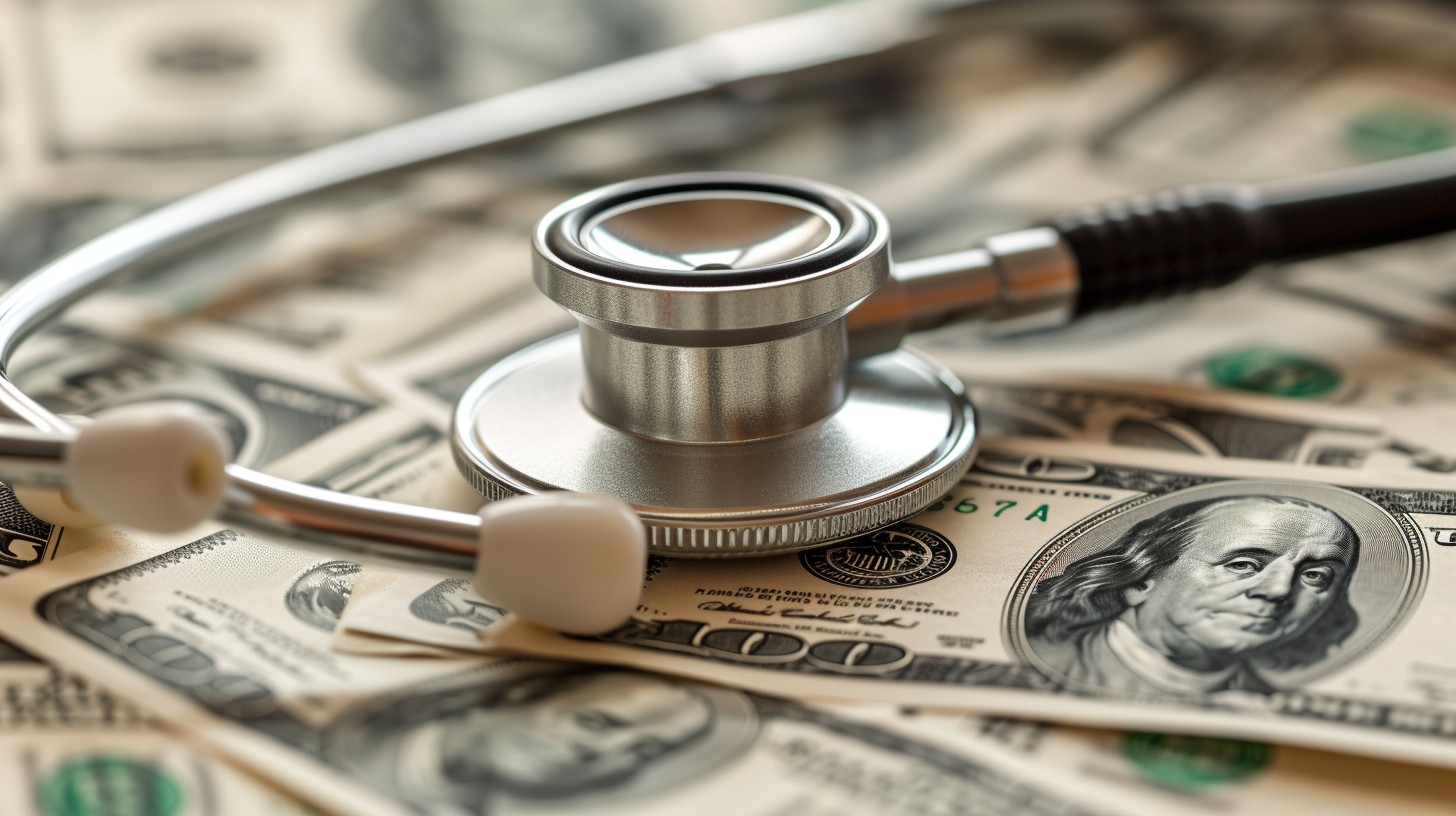In the realm of healthcare, the impact of preventable patient harm extends far beyond the immediate physical and emotional toll on patients and their families. The economic burden is equally staggering, with substantial costs that strain healthcare systems and economies worldwide. This article explores the financial implications of preventable patient harm and underscores the urgent need for systemic changes to enhance patient safety.
Patient Safety and Quality of Care: A Moral and Financial Imperative
Improving patient safety is not just a moral obligation; it’s also a financial necessity. The World Health Organization (WHO) reports that in high-income countries, approximately 1 in 10 patients experience harm during hospital care, with nearly 50% of these incidents being preventable. By investing in robust safety protocols and comprehensive staff training, healthcare facilities can significantly reduce harm, leading to improved patient outcomes and lower costs.
The Financial Impact
Preventable patient harm is a significant driver of healthcare costs. According to the Department of Health and Human Services, adverse events in hospitals contribute to billions of dollars in additional healthcare spending annually. Preventable patient harm leads to increased healthcare costs due to extended hospital stays, additional treatments, and legal expenses.
According to a study published by the National Institutes of Health, preventable medical errors cost the U.S. healthcare system an estimated $20 billion annually. These costs are often absorbed by healthcare providers, insurers, and ultimately, patients themselves, leading to higher insurance premiums and out-of-pocket expenses.
For instance, hospital-acquired infections, medication errors, and surgical complications are among the leading causes of preventable harm, each contributing significantly to the overall financial burden. The CDC reports that healthcare-associated infections alone cost the U.S. healthcare system approximately $9.8 billion annually.
The Broader Economic Consequences
The ripple effects of patient harm extend beyond the healthcare sector. When patients suffer harm, they often require extended time off work, leading to lost income and decreased productivity. Employers face increased insurance premiums and absenteeism, further impacting the economy.
The burden on families is profound. Out-of-pocket expenses for ongoing care and rehabilitation can be financially crippling, pushing many into debt or bankruptcy. The emotional and psychological toll on family members, who often become caregivers, also has economic implications, potentially affecting their work and well-being.
Strengthening Safety Cultures
Creating a culture of safety within healthcare organizations is crucial for enhancing patient outcomes and minimizing preventable harm. This culture fosters an environment where healthcare professionals feel empowered to report errors and near misses without fear of retribution.
Encouraging open communication and continuous learning helps identify systemic issues and implement effective solutions. Research shows that hospitals with strong safety cultures experience lower rates of adverse events and higher levels of staff engagement and satisfaction.
By prioritizing a safety culture, healthcare organizations can not only enhance the quality of care but also build trust with patients and their families.
The Path Forward: High Reliability Organizations
Addressing the economic burden of preventable patient harm requires a systemic approach. High Reliability Organizations (HROs), known for their rigorous safety standards and continuous improvement processes, offer a model for healthcare systems aiming to reduce harm. These organizations prioritize patient safety and have robust mechanisms in place to identify, analyze, and mitigate risks.
Investing in HRO principles and practices can lead to significant cost savings. By reducing adverse events, healthcare systems can lower direct medical costs and minimize the broader economic impact. Additionally, fostering a culture of safety can enhance patient outcomes, improve staff morale, and build public trust.
A Call to Action
The staggering economic burden of preventable patient harm underscores the urgent need for comprehensive strategies to enhance patient safety. Healthcare leaders must prioritize the adoption of HRO principles, invest in staff training, and implement robust safety protocols. Policymakers should support these efforts through funding, regulation, and public awareness campaigns.
By focusing on prevention and fostering a culture of safety, we can protect patients and reduce unnecessary costs, ultimately leading to a more sustainable and effective healthcare system.
Together, we can mitigate the financial impact of patient harm, improve patient outcomes, and build a healthcare system that is safe, reliable, and economically sustainable.
For more insights and resources on enhancing patient safety and reducing the economic burden of harm, visit Dr. Julie Siemers’ website.




